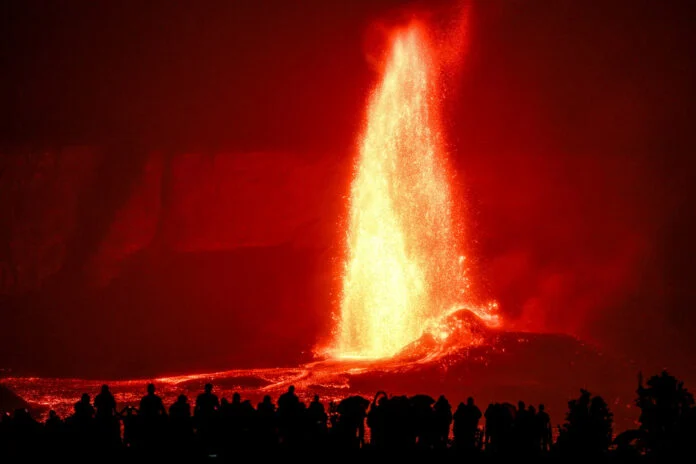The early Germanic peoples, whose presence and movements have been documented from the 2nd century BC through late antiquity, played a pivotal role in shaping the historical and cultural landscape of Europe. Our understanding of these tribes and their interactions with neighboring civilizations primarily comes from various ancient historical documents, including works by Roman, Greek, and later, medieval historians. This article explores a comprehensive list of early Germanic tribes as depicted in these ancient sources, offering insights into their origins, migrations, and significant interactions.
The Early Germanic Tribes in Classical Sources
1. The Cimbri and Teutones (2nd Century BC) One of the earliest mentions of Germanic tribes comes from Roman historians who documented the movements of the Cimbri and Teutones. These tribes, originating from the Jutland Peninsula, embarked on extensive migrations, which eventually brought them into conflict with the Roman Republic. Their most notable clash occurred during the Cimbrian War (113-101 BC), culminating in the Battle of Vercellae in 101 BC, where the Romans achieved a decisive victory.
2. The Suebi The Suebi were another significant Germanic group mentioned by Julius Caesar in his work "Commentarii de Bello Gallico." Caesar encountered the Suebi during his campaigns in Gaul, describing them as a large and formidable confederation of tribes inhabiting areas around the Elbe River. The Suebi's influence extended over a vast territory, and they played a crucial role in the shifting alliances and conflicts of the period.
3. The Cherusci The Cherusci gained historical prominence through their leader, Arminius, who famously orchestrated the ambush and annihilation of three Roman legions in the Battle of the Teutoburg Forest in 9 AD. This defeat significantly halted Roman expansion into Germania and underscored the strength and resilience of the Germanic tribes.
Expansion and Consolidation in Late Antiquity
4. The Goths The Goths, divided into the Visigoths and Ostrogoths, are perhaps the most well-documented Germanic tribes of late antiquity. Their migrations and subsequent conflicts with the Roman Empire were chronicled by historians such as Jordanes in his work "Getica." The Visigoths, under King Alaric, famously sacked Rome in 410 AD, marking a significant moment in the decline of the Western Roman Empire. Meanwhile, the Ostrogoths established a powerful kingdom in Italy under the leadership of Theodoric the Great.
5. The Vandals The Vandals were another prominent Germanic tribe whose movements were recorded in detail by historians like Procopius. Originating from the regions around the Oder River, the Vandals migrated through Gaul and Spain before establishing a kingdom in North Africa. Under King Genseric, they captured Carthage in 439 AD and later sacked Rome in 455 AD, further contributing to the destabilization of the Western Roman Empire.
6. The Lombards The Lombards, whose early history was chronicled by Paul the Deacon in "Historia Langobardorum," migrated from their homeland in Scandinavia to settle in the Pannonian Basin. In 568 AD, led by King Alboin, they invaded Italy, where they established the Kingdom of the Lombards, which lasted until the Frankish conquest in the 8th century.
7. The Franks The Franks emerged as one of the most influential Germanic tribes in late antiquity. Their history is detailed in Gregory of Tours' "Historia Francorum." Initially a confederation of tribes along the Rhine, the Franks expanded their territory under leaders such as Clovis I, who unified the Frankish tribes and converted to Christianity, laying the foundation for the future Carolingian Empire.
Documentation and Legacy
Ancient historical documents, ranging from Roman military accounts to medieval chronicles, provide a rich tapestry of information about the early Germanic peoples. These sources offer glimpses into the complex interactions between the Germanic tribes and the Roman world, highlighting periods of conflict, migration, and eventual settlement. As these tribes moved and established new territories, they left an indelible mark on the cultural and political landscape of Europe, shaping the continent's history for centuries to come.
In conclusion, the early Germanic peoples, documented by various ancient sources, played a crucial role in the transformation of Europe from the classical to the medieval era. Their dynamic movements, formidable resistance against Roman expansion, and eventual establishment of powerful kingdoms underscore their significance in the annals of history. These ancient documents not only chronicle their exploits but also preserve the legacy of a diverse and influential group of peoples whose impact continues to be felt in modern historical discourse.









